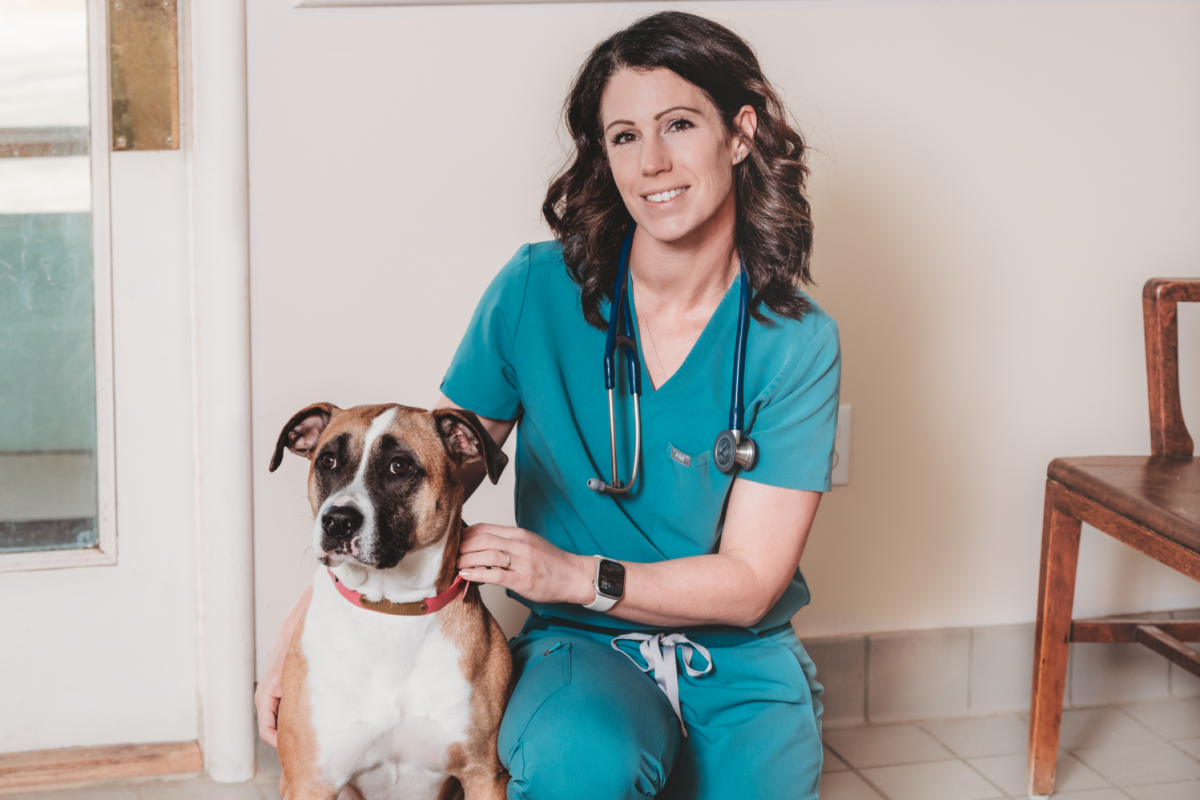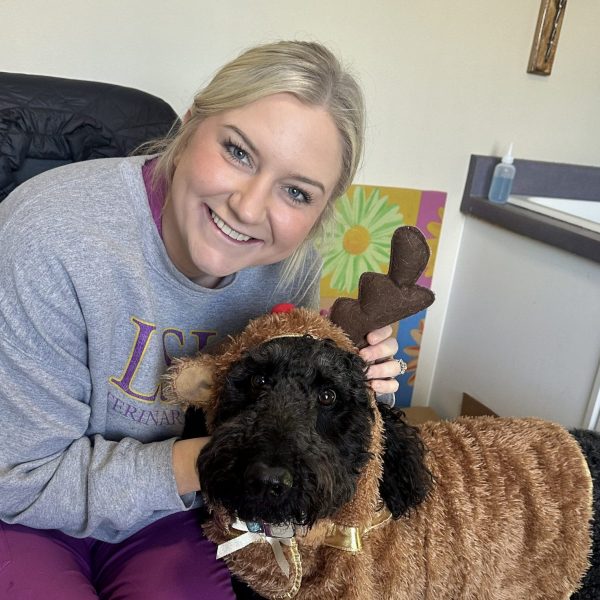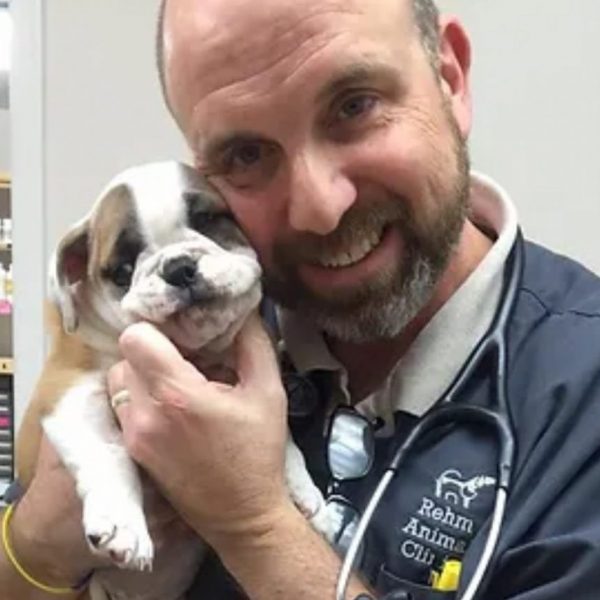We are teaming up with local vets to bring you helpful tips and insights into the care of your beloved pets! Our first featured veterinarian is Dr. Jennifer Purcell with Eastern Shore Pet Hospital in Fairhope. Dr. Purcell is a local favorite of pet owners, practicing companion animal medicine in Baldwin County since 2012. Dr Purcell’s focus is on building meaningful relationships with her clients and patients, walking them through every step of their healthcare journey. Dr. Purcell recently struck out on her own, re-opening Eastern Shore Pet Hospital in Fairhope in April of 2024. She offers top-notch services, including everything from wellness care to surgery for your dogs and cats. She also offers boarding for your furry companions! Dr. Purcell welcomes new patients and is ready to provide you and your pets with caring, comprehensive care. Check out her website at https://www.easternshorepet.com
Dr. Purcell shares with us today information on FLUTD, feline lower urinary tract disease. She asks cat owners to be aware of their babies’ urinary habits so this condition can be caught and treated early!
Cats have been getting a lot of attention lately at Eastern Shore Pet Hospital so I thought I would take a minute and discuss a serious issue we see regularly. This past month, we treated more than one cat with a complete urethral obstruction that is the end result of feline lower urinary tract disease (FLUTD), specifically in male cats. These cats are completely unable to urinate and become debilitated quickly. If not treated promptly, the condition is life-threatening. I hope to increase awareness of this condition so that it may be recognized and treated earlier….hopefully preventing the need for emergency care and hospitalization.
If your cat urinates in unusual places or you catch him straining you should schedule an appointment with your veterinarian! I’ll pick on male cats here because their extremely narrow urethra predisposes them to complete obstruction, but females are just as prone to FLUTD. Many cats present with a vague history of just lethargy and inappetence. The signs can be easily missed at home especially if a cat tends to eliminate outdoors where owners cannot monitor habits. If you suspect any changes in urinary habits please take it seriously! Fortunately, a basic physical exam by your vet can easily rule out or diagnose a urethral obstruction. Other testing (urinalysis, blood work, radiographs, and ultrasound) is usually indicated to help us assign appropriate therapies depending on the cause of the issue…and there are several to consider.
Not all lower urinary tract disease is caused by urinary tract infection. In fact many cases of FLUTD are sterile in origin, meaning there is no infection present! There are many other causes that trigger an episode. Testing helps determine whether there is infection, inflammation, crystals, stones, or mucus/sludge so that we can choose the best management plan. But there is more to this story and it starts long before we can recognize a problem.
I want to address some of the consistent underlying factors that these cats have in common. The biggest one in my experience is stress. Recognizing stress in cats may be difficult as they can hide it well. Sometimes urinary issues are our only indication that a cat is experiencing stress. Talk to your vet about the best ways to manage anxiety in your cat. We have lots of creative ways to manage anxiety and stress through environmental enrichment, pheromonal products, changes in environment, or medications in severe cases. This is an important conversation to have!
Another predisposing factor for poor lower urinary tract health is dehydration. I find overly concentrated urine in almost every cat with lower urinary tract issues. I am always suggesting ways to improve hydration and dilute urine in FLUTD prone cats. That may be canned food, water fountains, more water bowls around the house, or a prescription urinary diet which helps encourage thirst. Some cats love flowing water! Prescription diets also remain a cornerstone of maintenance for FLUTD cats. In my opinion an appropriately prescribed urinary diet is essential…non-negotiable for control of these issues.
FLUTD is complex but common. A more thorough and complete discussion is best to have with your veterinarian. Cats present to us regularly with these issues so your vet likely has a wealth of information to help you understand the warning signs and take the preventive measures that make sense for your family. Visit veterinarypartner.com or search articles from the American Association of Feline Practitioners if you’d like to learn more on your own!
Dr Jennifer Purcell at Eastern Shore Pet Hospital.
The Furry Godmother wants to thank Dr. Purcell for her time and for sharing this important information with our clients. We’re excited to bring you monthly blog posts from local vets, giving you a new resource in taking care of your fur babies. Check back next month for a new vet spotlight feature! As always, thank you for being a cherished member of The Furry Godmother family.






